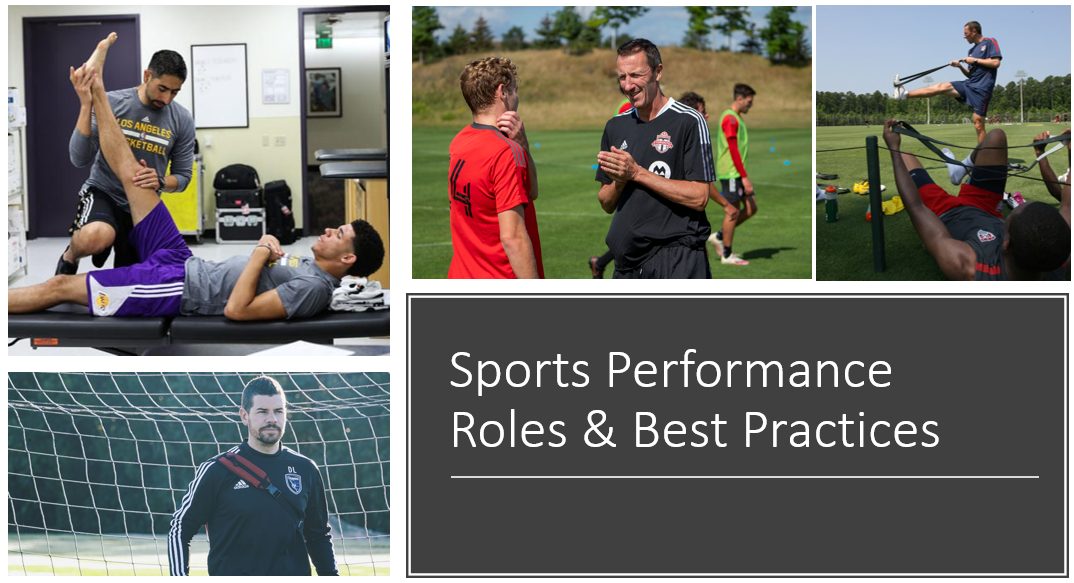Over the past 10 years we have worked with many sports performance professionals of professional teams and leagues (NBA, MLS, NHL, MLB, NFL, European soccer, Olympic teams..). Within a sports performance department there are key roles (Director of high performance, Head Athletic Trainer, Director of Sports Medicine, Head of R&D,…
Share This Story, Choose Your Platform!
Total reviews
Persons recommended this product
Anonymous
Shopper
check_circle Verified
Shop owner replied
Anonymous
Shopper
check_circle Verified
Shop owner replied
Thanks for your review!
Your feedback helps us improve our service.
There are no reviews yet.
Be the first to review “ ”
Please log in to submit a review.
Don't have an account? Register here .
Only logged in customers who have purchased this product may leave a review



